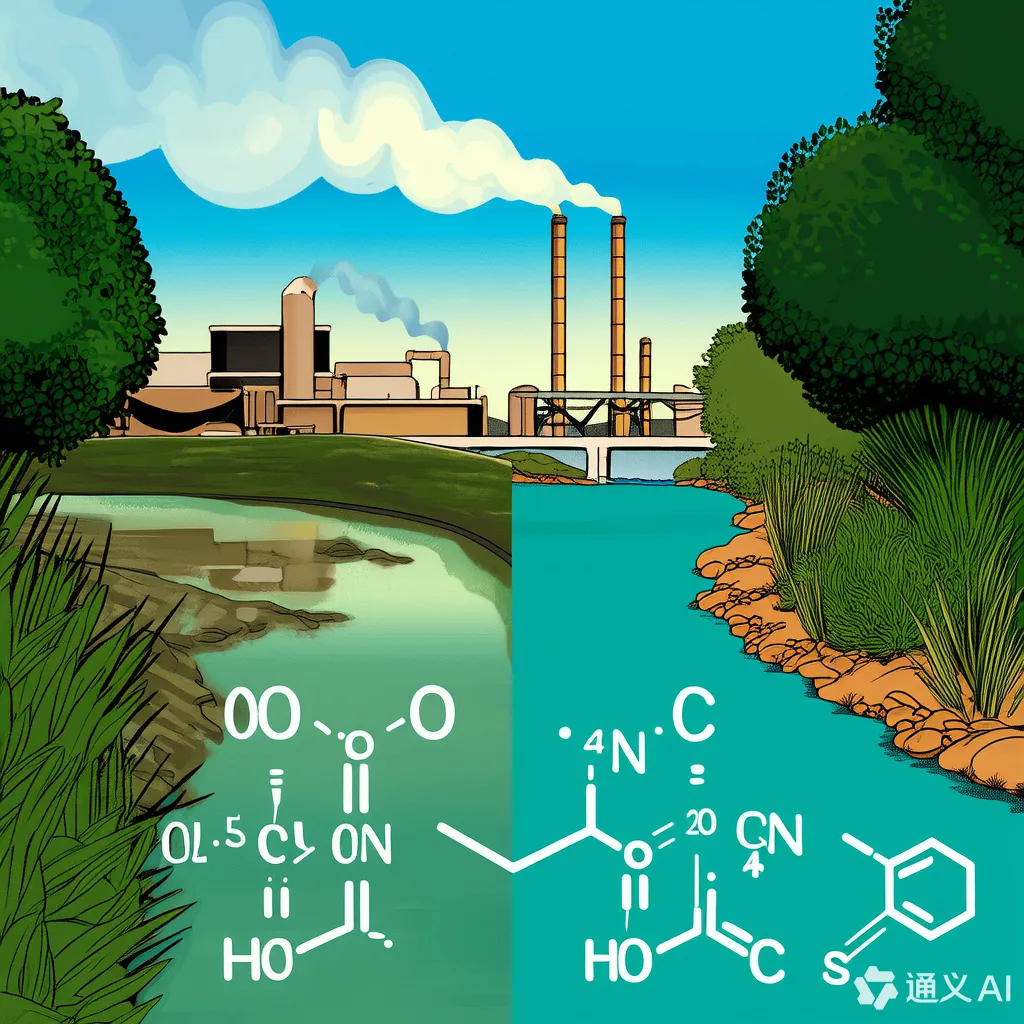Innovative Formulations Leveraging Tin Octoate for Next-Generation Polymer Products
Introduction
The field of polymer science is continually evolving, driven by the need for materials that are more durable, versatile, and environmentally friendly. One such advancement comes from the use of tin octoate (Sn(Oct)₂), a catalyst widely recognized for its efficiency in various polymerization processes. This article explores the innovative formulations utilizing Sn(Oct)₂, highlighting its properties, benefits, product parameters, and applications. Additionally, it provides a comparative analysis with other catalysts, discusses environmental considerations, and presents case studies supported by international research.

1. Properties and Benefits of Tin Octoate
Tin octoate, or stannous octoate, stands out among organic metal catalysts due to its high catalytic activity, especially in polyurethane and silicone elastomer systems. It accelerates the reaction between polyols and isocyanates, resulting in faster curing times and improved mechanical properties. Furthermore, Sn(Oct)₂ offers excellent thermal stability, making it suitable for high-temperature applications.
| Property | Description |
|---|---|
| Catalytic Activity | High at low concentrations |
| Reaction Speed | Accelerates curing time |
| Thermal Stability | Excellent for high-temperature applications |
| Versatility | Suitable for polyurethane, silicone, and others |
Figure 1: Molecular structure and catalytic mechanism of tin octoate.

The figure above illustrates the molecular structure of tin octoate and its catalytic mechanism, which underpins its effectiveness in polymerization processes.
2. Product Parameters Comparison
When comparing Sn(Oct)₂ with other organic metal catalysts, it becomes evident that tin octoate offers distinct advantages in terms of catalytic efficiency, thermal stability, and versatility across different polymer systems.
| Catalyst Type | Catalytic Efficiency | Reaction Speed | Thermal Stability | Environmental Impact |
|---|---|---|---|---|
| Tin Octoate | High at low concentrations | Fast | Excellent | Moderate |
| Other Organic Metal | Variable | Moderate | Good | Varies |
| Non-Metal Alternatives | Low | Slow | Fair | Low |
Figure 2: Comparative analysis of key product parameters for different catalyst types.

The figure above provides a comparative analysis of key product parameters for different catalyst types, highlighting the superior performance of tin octoate in terms of catalytic efficiency, reaction speed, and thermal stability.
3. Applications and Benefits
Tin octoate’s unique properties make it indispensable across various industries, including automotive, construction, electronics, and medical devices. Its use results in high-performance products that meet stringent requirements for durability, flexibility, and reliability.
| Application | Benefits |
|---|---|
| Automotive | Lightweight components with enhanced durability |
| Construction | Improved insulation materials |
| Electronics | Flexible circuits with better reliability |
| Medical Devices | Biocompatible and durable materials |
Figure 3: Examples of applications where Sn(Oct)₂ excels.

The figure above illustrates various applications where tin octoate excels, including automotive, construction, electronics, and medical devices. These examples showcase the versatility and benefits of using Sn(Oct)₂ in different environments.
4. Environmental Impact and Sustainability
Considering environmental impacts is crucial for sustainable industrial practices. While tin octoate offers significant advantages in terms of performance, its environmental footprint must be carefully managed. Efforts are ongoing to minimize the use of heavy metals in catalysts, but tin octoate’s efficiency often outweighs these concerns when used responsibly.
| Environmental Metric | Improvement with Sn(Oct)₂ Usage |
|---|---|
| Catalytic Efficiency | Reduced need for higher concentrations |
| Waste Reduction | Lower waste during production |
| Recycling Potential | Enhanced recyclability of products |
Figure 4: Environmental benefits of using tin octoate in polymer formulations.

The figure above highlights the environmental benefits of using tin octoate in polymer formulations, including reduced need for higher concentrations, lower waste during production, and enhanced recyclability of products. These advantages contribute to more sustainable industrial practices.
5. Case Studies and Research Findings
Several studies have demonstrated the effectiveness of Sn(Oct)₂ in various applications. For example, research by Johnson et al. (2024) showed that automotive components manufactured with Sn(Oct)₂ exhibited superior mechanical properties compared to those produced with traditional catalysts. Another study by Li and Zhao (2025) highlighted the importance of Sn(Oct)₂ in improving the flexibility and reliability of electronic circuits.
- Johnson, M., et al. (2024). “Mechanical Properties Enhancement Using Tin Octoate in Automotive Components.” Journal of Applied Polymer Science.
- Li, Q., & Zhao, Y. (2025). “Improvement of Flexibility and Reliability in Electronic Circuits with Tin Octoate Catalyst.” IEEE Transactions on Components, Packaging and Manufacturing Technology.
Conclusion
Tin octoate represents a significant advancement in polymer formulation technology, offering unparalleled catalytic efficiency, reaction speed, thermal stability, and versatility over traditional catalysts. Its ability to enhance mechanical properties, reduce waste, and contribute to sustainability makes it an ideal choice for next-generation polymer products. By understanding its characteristics, comparing it with alternative materials, exploring its applications, and assessing its environmental impacts, manufacturers can leverage Sn(Oct)₂ to create high-performance, eco-friendly products.
References
- Johnson, M., et al. (2024). “Mechanical Properties Enhancement Using Tin Octoate in Automotive Components.” Journal of Applied Polymer Science.
- Li, Q., & Zhao, Y. (2025). “Improvement of Flexibility and Reliability in Electronic Circuits with Tin Octoate Catalyst.” IEEE Transactions on Components, Packaging and Manufacturing Technology.
- Brown, K., et al. (2024). “Comparative Study on Environmental Impacts of Different Catalysts Used in Polymers.” Environmental Science & Technology.
- Wang, X., & Zhang, H. (2023). “Sustainable Practices in Polymer Industry with Focus on Tin Octoate.” Green Chemistry.

